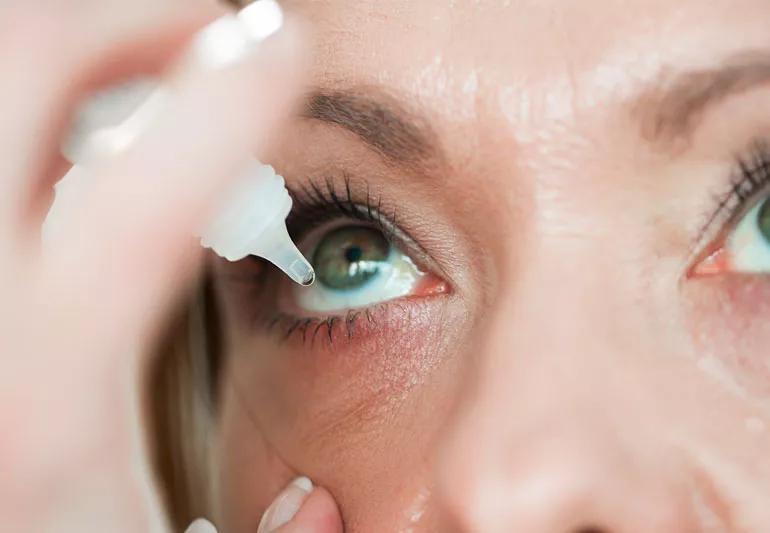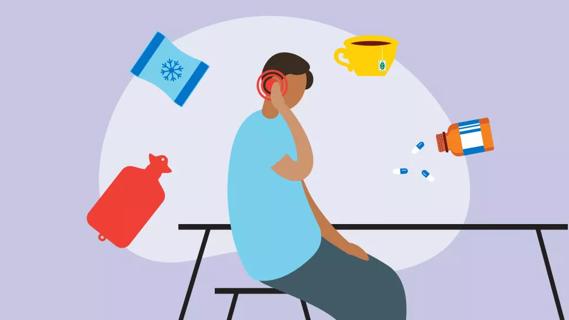Advertisement
3 common questions answered

Dry eyes can be a real nuisance, making it tough to read, drive and focus on tasks. But the good news is that the condition is usually nothing to cry about; generally, it’s easily treated without long-term risks.
Advertisement
Cleveland Clinic is a non-profit academic medical center. Advertising on our site helps support our mission. We do not endorse non-Cleveland Clinic products or services. Policy
“The vast majority of people with dry eyes have irritation, burning or a gritty feeling in their eyes, but there are very simple solutions to that,” says ophthalmologist Richard Gans, MD.
Here, Dr. Gans answers three common questions about dry eye.
A: It’s a decrease in the body’s ability to produce fluids. Tears are a combination of water, oils, mucus and antibodies, and an imbalance of these elements can cause dry eye. Inflammation of the eye is another cause.
Dry eye symptoms get worse while you’re looking at computer screens, driving and reading because you don’t blink as often when you’re focused on a visual task. You don’t distribute the tear film as often, and there is more evaporation off the surface of the eye.
A: Age is a major risk factor. The older we get, the less likely we are to produce tears. Some medications, like antihistamines, water pills prescribed for high blood pressure and oral contraceptives can decrease tear production. Laser eye surgery or hormonal changes can also cause dry eye.
More severe cases of dry eye commonly occur in people suffering from autoimmune diseases like rheumatoid arthritis or lupus, and can cause long-term damage to their vision.
A: The best initial treatment is to use over-the-counter eye drops formulated for dry eyes as needed. There’s also research to indicate that omega-3 supplements like fish oil can help with dry eye symptoms. There are prescription medications that can help to stimulate additional tear production.
Advertisement
In severe cases of dry eye, doctors can use a procedure called ‘punctal occlusion’ in which a tiny plastic plug is inserted into the tear duct to prevent tears from leaking out, similar to putting a stopper in a sink drain.
Even though the vast majority of dry eye problems can be managed by patients alone, if there’s a change in vision, pain or severe redness, you should see your doctor to be evaluated.
Advertisement
Learn more about our editorial process.
Advertisement

The plain answer is ‘no’ — ingredients meant to clean and disinfect your contact lenses can cause irritation, redness or dryness to your eyes

Changes to your vision may have an impact on the way your brain processes information

Apply a cold compress, use antihistamine eye drops and limit salt to help reduce puffiness

It takes millions of moving parts within the eye to make the power of vision possible

Studies have shown an increase in ophthalmic complications as a symptom of COVID-19

Even napping with contacts in can lead to eye infections, lens displacement and dry eyes

Cosmetic procedures such as iris implants and corneal tattooing bring a risk of vision loss

Genetic eye diseases and other conditions that impact your vision can develop in infancy and improve with early treatment

Not all ear infections need antibiotics — cold and warm compresses and changing up your sleep position can help

A glass of lemon water in the morning can help with digestion and boost vitamin C levels, and may even help get you into a better routine